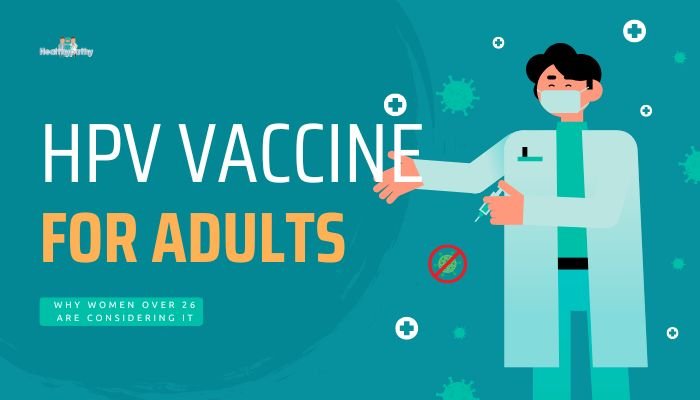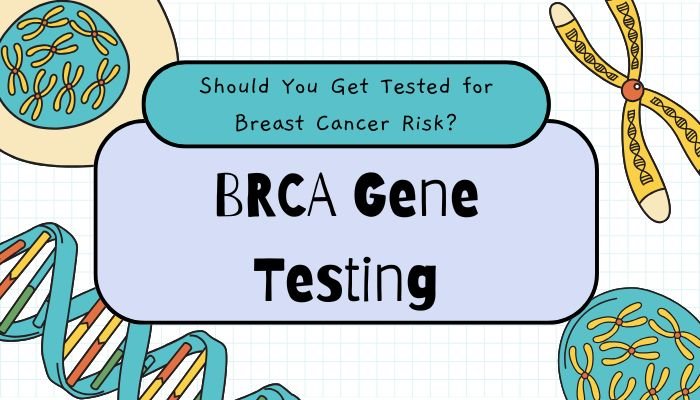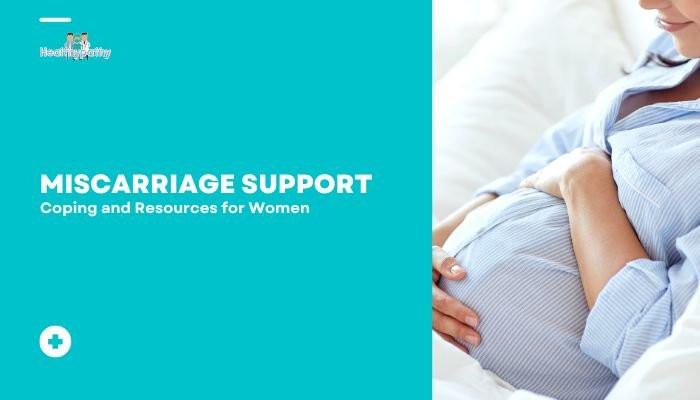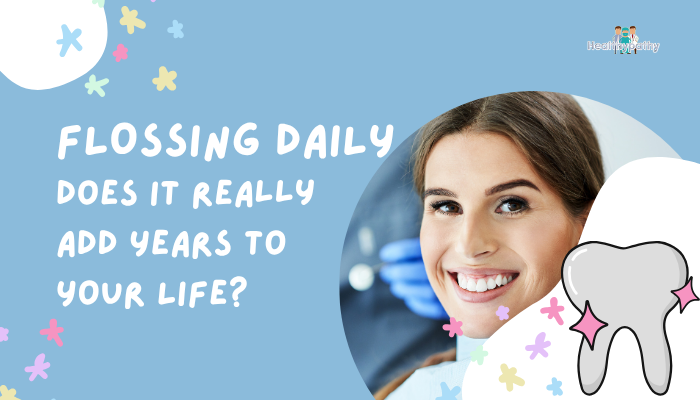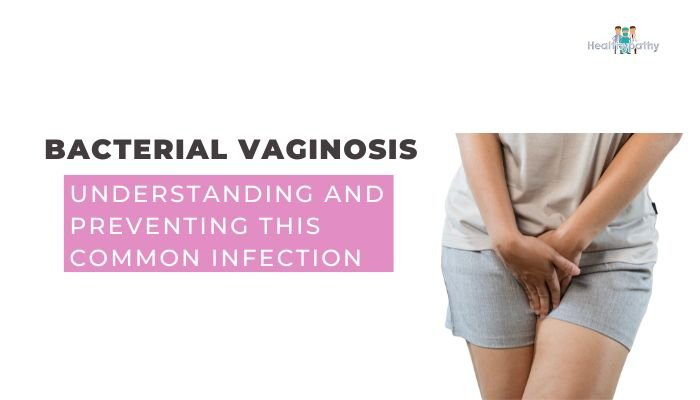Introduction
The human papillomavirus (HPV) vaccine is widely known for protecting adolescents and young adults from strains of HPV linked to cervical cancer, genital warts, and other malignancies. However, you might be surprised that some women over the age of 26 are also exploring this vaccine option.
Recent changes in guidelines and expanded FDA approvals have prompted a closer look at the vaccine’s benefits for people outside the traditional age bracket. This article explores why you might consider the HPV vaccine as an adult, how guidelines have evolved, and what to expect if you’re over 26 and contemplating immunization.
A Quick Refresher on HPV and the Vaccine
HPV Basics
- High-Risk Strains: HPV types 16 and 18 cause the majority of cervical cancer cases, along with some anal, oropharyngeal, and other cancers.
- Prevalence: HPV is extremely common—most sexually active individuals contract at least one strain in their lifetime. Often, infections clear on their own, but persistent infections can lead to cancer.
- Transmission: HPV spreads through intimate skin-to-skin contact, predominantly sexual activity.
Vaccine Overview
The most recent HPV vaccine (Gardasil 9) targets nine HPV strains—covering seven high-risk ones and two that cause genital warts. Typically recommended before exposure to HPV (i.e., before or around the time of sexual debut), it can still offer benefits to adults who haven’t been exposed to all included strains.
Why Are Women Over 26 Considering the Vaccine?
- Changes in FDA Approval and Guidelines
Historically, the HPV vaccine was primarily recommended up to age 26. However, the FDA later expanded vaccine approval up to age 45. The CDC states that adults aged 27–45 can discuss vaccination with their healthcare providers to see if potential benefits outweigh costs.
- Ongoing Risk of New HPV Infection
Even if you’ve been sexually active for years, there may be risk of encountering new HPV strains—particularly if you enter new relationships or if you were never exposed to some strains. The vaccine won’t eliminate existing infections but may protect against ones you haven’t acquired.
- Lowering Certain Cancer Risks
While the greatest protective effect occurs when vaccinated at younger ages, some older adults can still gain partial protection. For instance, if you have only encountered one or two HPV strains, the vaccine could defend you against the others included.
- Peace of Mind and Preventive Care
In a broader sense, certain women value any additional protective measure, especially if they have an active dating life, have multiple sexual partners, or face anxiety about future HPV-related cancers.
Balancing Potential Benefits and Limitations
Benefit: Possible Protection Against Untouched Strains
If you’ve had an HPV infection in the past, you may have developed immunity to that particular strain. However, the vaccine still offers immunity to other high-risk or wart-causing strains you haven’t encountered.
Limitation: Reduced Efficacy if Already Exposed
Vaccination won’t treat current HPV infections or remove established cervical cell changes. The older you are and the more sexual partners you’ve had, the higher the chance of prior exposure. This may diminish the net benefit, but not necessarily to zero.
Consideration: Cost and Insurance
Some insurance plans may not cover HPV vaccination for adults over 26. Out-of-pocket expenses can run high. Confirm coverage with your insurer and weigh the price tag versus the potential advantages.
Side Effects and Safety
HPV vaccines have a strong safety record. Typical side effects are mild—like arm soreness or low-grade fever. Serious adverse events are rare.
Talking to Your Healthcare Provider
Evaluating Your Personal Risk
Before deciding:
- Sexual History: Number of partners, relationship status, and upcoming potential exposures.
- Past HPV/Cervical Screening Results: Any history of abnormal Pap smears or known HPV infections.
- Other Risk Factors: Smoking, immune system suppression, or prior cancer history can also influence decisions.
Genetic Tests and Screening Updates
If you’re at higher risk due to family or personal medical factors, your doctor might recommend more frequent screenings or earlier HPV co-testing. The vaccine is one piece of an overall strategy, not a substitute for regular Pap tests or HPV tests.
Informed Decision-Making
Together, you and your provider can:
- Review Potential Benefits vs. Known Infections
- Discuss Vaccine Costs and coverage
- Plan Ongoing Screening if you choose not to vaccinate
Key Takeaways for Women Over 26
- Expanded Option: You can still receive the HPV vaccine, now approved up to age 45 in some regions, with individualized recommendations.
- Personal Risk Profile Matters: The vaccine has the biggest impact for those with fewer prior HPV exposures, but partial protection is still possible.
- Regular Cervical Cancer Screenings Remain Crucial: Pap smears and HPV testing shouldn’t be neglected, vaccinated or not.
- Insurance and Costs: Confirm coverage or out-of-pocket expense before deciding on the vaccine series.
- Talk to a Healthcare Professional: They can tailor advice to your health history, relationships, and potential future exposures.
Conclusion
While the HPV vaccine is routinely given to adolescents, it can also offer some protection for adults over 26—especially those concerned about future HPV exposures. Determining whether to get vaccinated later in life involves weighing your sexual history, existing immunities, potential costs, and your personal risk tolerance. Consult with a trusted healthcare provider to navigate this choice, ensuring your decision aligns with your overall reproductive health strategy. Even if you opt in, continuing with routine cervical cancer screenings is essential for comprehensive prevention.
References
- https://www.cdc.gov
- U.S. Food and Drug Administration (FDA). Gardasil 9 extended to age 45. 2018.
- World Health Organization (WHO). Human papillomavirus vaccines: WHO position paper. 2022.
- Giuliano AR, Palefsky JM, Goldstone S, et al. Efficacy of HPV vaccine in older women. Lancet Infect Dis. 2021;21(3):e65–e72.
- https://www.cancer.org

